Exploring science in your home is a joyful way to spark curiosity, creativity, and discovery in children. Simple experiments with everyday objects can help them understand how the world works while having fun. Let’s find out with 4Life Education how you can turn your home into a place where science comes alive every day.
Why exploring science at home matters?
Science begins with curiosity—the natural questions children ask about the world around them. Exploring science in your home allows children to learn through play and observation, building a deeper understanding of nature, objects, and phenomena. Unlike formal lessons, these activities feel like adventures, making learning both exciting and meaningful. Children not only gain knowledge but also develop problem-solving skills and confidence in their ability to explore.
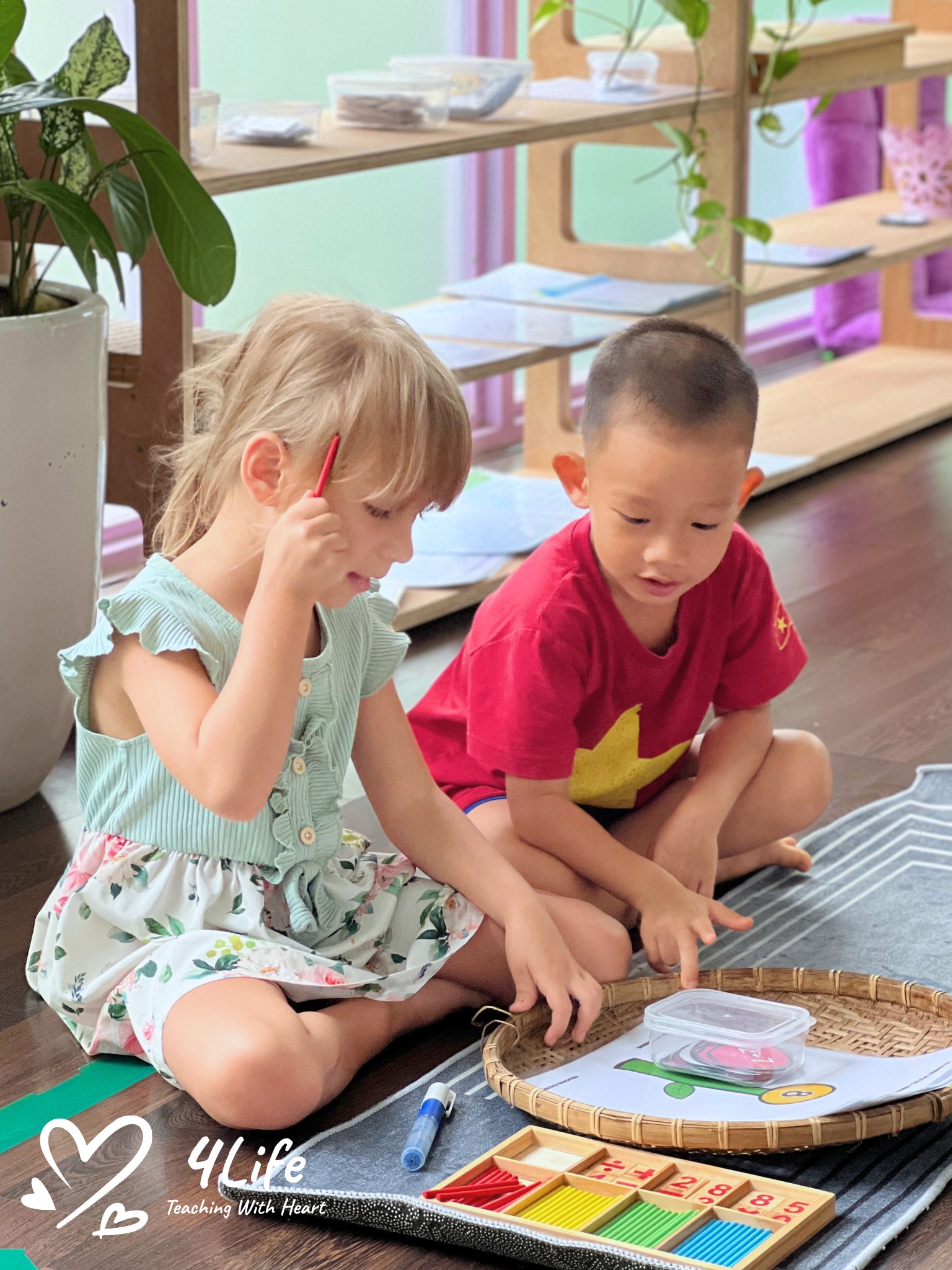
Why exploring science at home matters?
The role of hands-on experiments
Children learn best by doing. Hands-on experiments transform abstract ideas into something they can see, touch, and experience. When a child predicts whether a toy will sink or float, then tests the idea in water, they engage in the scientific process—asking questions, making predictions, experimenting, and drawing conclusions. These early experiences help children develop habits of inquiry and critical thinking that will serve them throughout life.
Magnetic or nonmagnetic
One fascinating way to introduce science is through magnets. Place several small objects in a basket—some made of iron or steel and others not. Prepare two cards labeled “Magnetic” and “Nonmagnetic.” Invite your child to test each object with a magnet, then place it next to the correct card. This activity teaches categorization, observation, and the invisible yet powerful force of magnetism. Children love the magic of seeing objects “jump” toward the magnet.
Living or nonliving
Understanding the difference between living and nonliving things is a foundation of biology. Fill a basket with toys or models of animals, trees, insects, and people, along with objects such as cars, houses, or mirrors. Prepare two cards labeled “Living” and “Nonliving.” Ask your child to place each item in the right category. As you do this, explain that living things grow, need food and water, and can reproduce, while nonliving things do not. This simple activity builds scientific vocabulary and sharpens observation skills.

Living or nonliving
Sink or float
Children are naturally curious about water. Gather objects of different sizes and materials—wooden blocks, spoons, plastic toys, stones. Ask your child to predict which will float and which will sink. Then, let them test each object in a basin of water. This experiment introduces the concept of density in a playful way. Encourage your child to notice patterns, such as how lighter objects or those that trap air tend to float.
Sprouting seeds
Growing plants is one of the most rewarding science activities. To sprout seeds, place dried beans inside a damp paper towel and keep them moist with a plant mister. Within a few days, roots and shoots will appear, showing the miracle of life unfolding. Once the seeds sprout, transplant them into soil and let your child care for them daily. Through this process, children learn patience, responsibility, and the basics of plant biology.
A basket of living grass
Another fun gardening project is growing grass in a small basket. Line the bottom with pebbles and soil, sprinkle grass seeds, and water daily with a mister. Within two weeks, the seeds will germinate, and your child will see a basket of fresh green grass. This activity shows the cycle of growth and allows children to observe change over time in a visible, hands-on way.
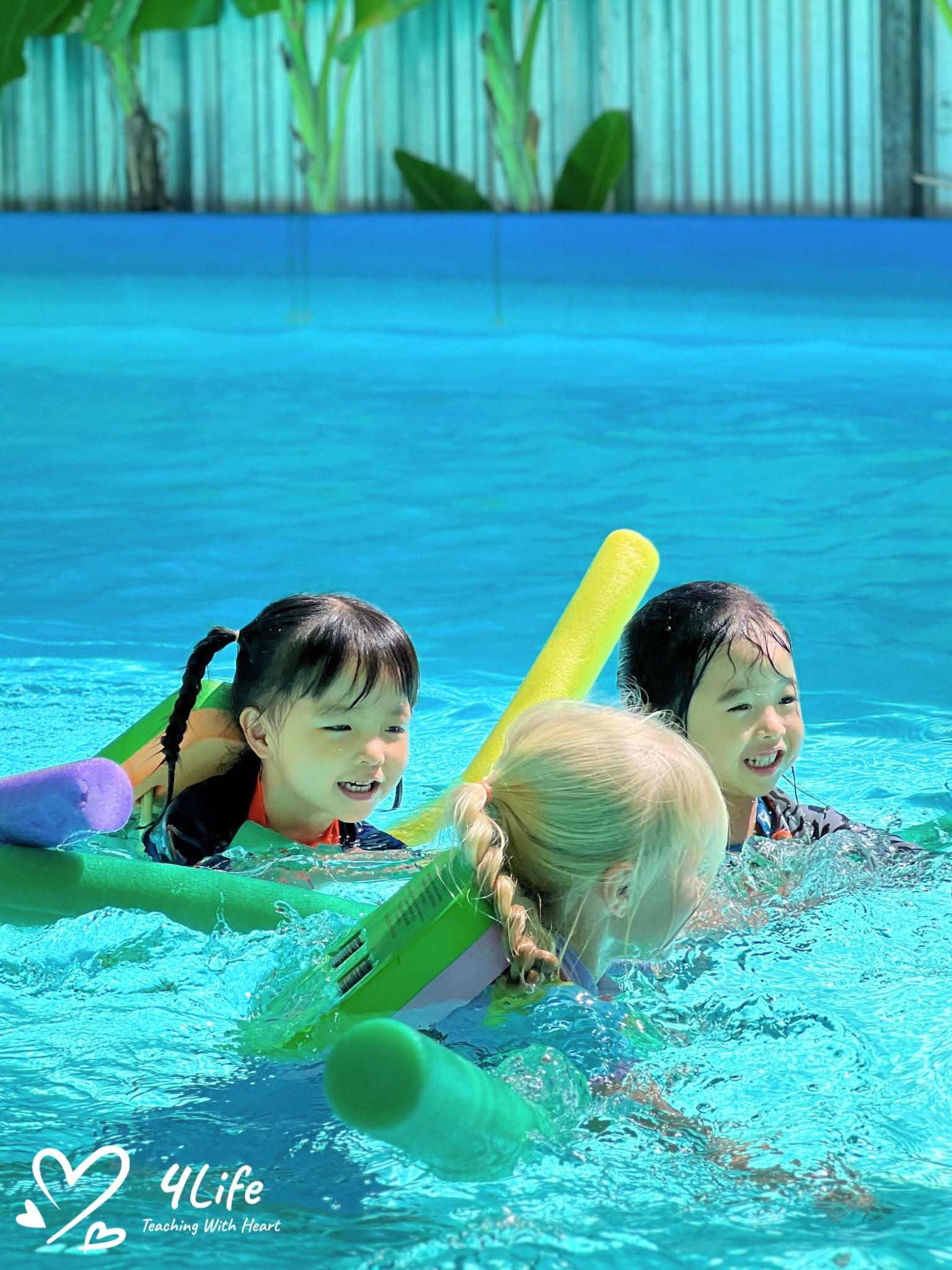
A basket of living grass
Grow a sock
For a truly unique experiment, give your child white socks to wear over their pants during a walk in grassy or wooded areas. The socks will collect seeds along the way. Place the socks in a sunny spot, soak them with water, and keep one end damp to act as a wick. Within a week or two, seeds will sprout from the fabric. This playful experiment demonstrates how seeds travel and grow in unexpected places.
Exploring roots
Children are often curious about what lies beneath the soil. Carefully dig up a plant with its roots intact and place it on a newspaper. Brush away the soil to reveal the root system. Explain how roots absorb water and nutrients that help the plant grow. Then, gently replant it in the soil. This experiment gives children a closer look at a part of nature that is usually hidden underground.
Walnut shell sailboats
Water play becomes even more exciting when combined with creativity. Make small boats from half walnut shells, clay, toothpicks, and paper sails. Place them in a basin of water and let your child blow gently to create wind. As they experiment with sail size and position, children learn about balance, buoyancy, and wind power while having fun with imaginative play.
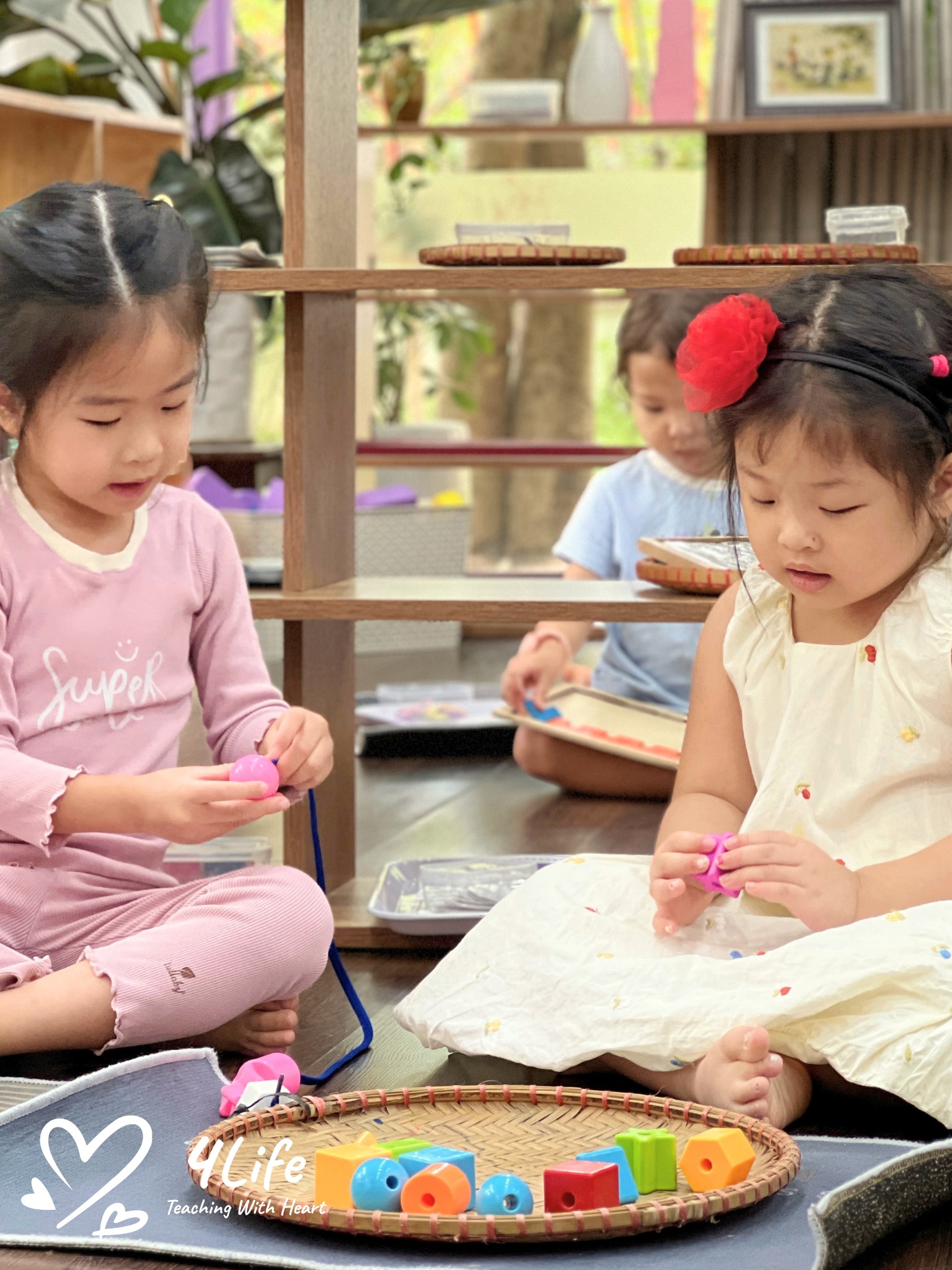
Walnut shell sailboats
Pouring air
Air is invisible, but children can explore it in fascinating ways. Submerge a container upside down in water, trapping the air inside. Then, tilt the container and watch the bubbles escape. Explain that what they see is air leaving the container. Children can also use straws to blow bubbles underwater, discovering that even though air cannot be seen, it takes up space and moves.
Everyday science in action
Beyond structured experiments, exploring science in your home can be woven into daily life. Cooking becomes a chemistry lesson as ingredients change when heated. Cleaning with vinegar and baking soda reveals chemical reactions. Observing shadows teaches about light, while listening to echoes introduces sound. By noticing and discussing these moments, parents help children see that science is not limited to experiments—it is everywhere.
Encouraging curiosity and observation
The most important part of exploring science in your home is nurturing curiosity. Encourage your child to ask questions, make guesses, and try things out. Resist the urge to give all the answers immediately. Instead, guide them to explore and discover for themselves. When children feel supported in their curiosity, they build confidence and develop a love for learning.
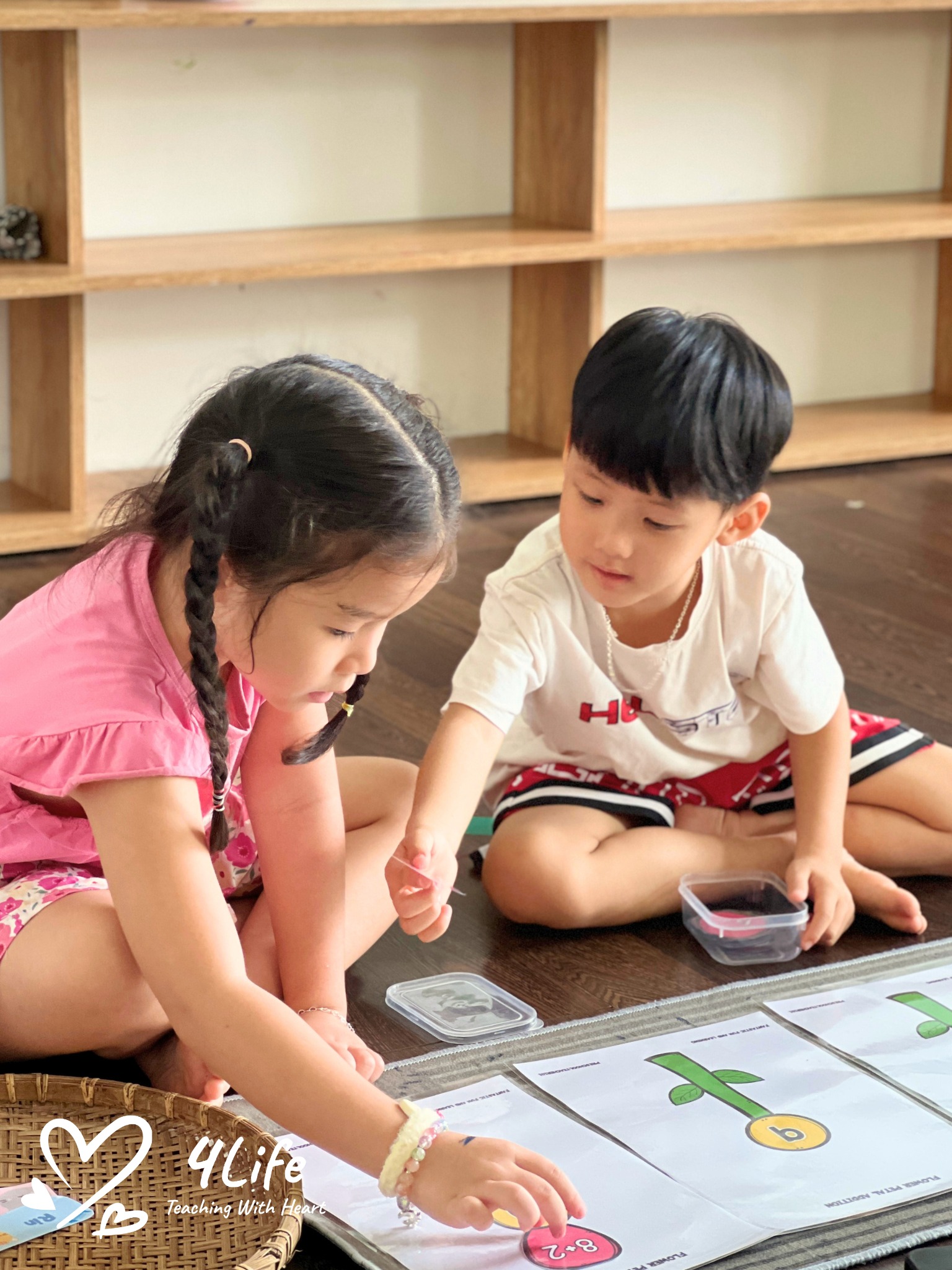
Encouraging curiosity and observation
Making science playful and safe
While exploring science is exciting, safety is essential. Always supervise experiments, especially those involving water, small objects, or sharp tools. Choose age-appropriate activities and create a space where children feel free to explore without worry. Keeping the atmosphere playful ensures that science feels like discovery rather than pressure.
Exploring science in your home turns everyday spaces into laboratories of discovery. From sprouting seeds to sailing walnut boats, each experiment helps children connect with nature, develop critical thinking, and see wonder in the world around them. With curiosity, guidance, and encouragement, exploring science in your home becomes more than play—it becomes the foundation for lifelong learning.

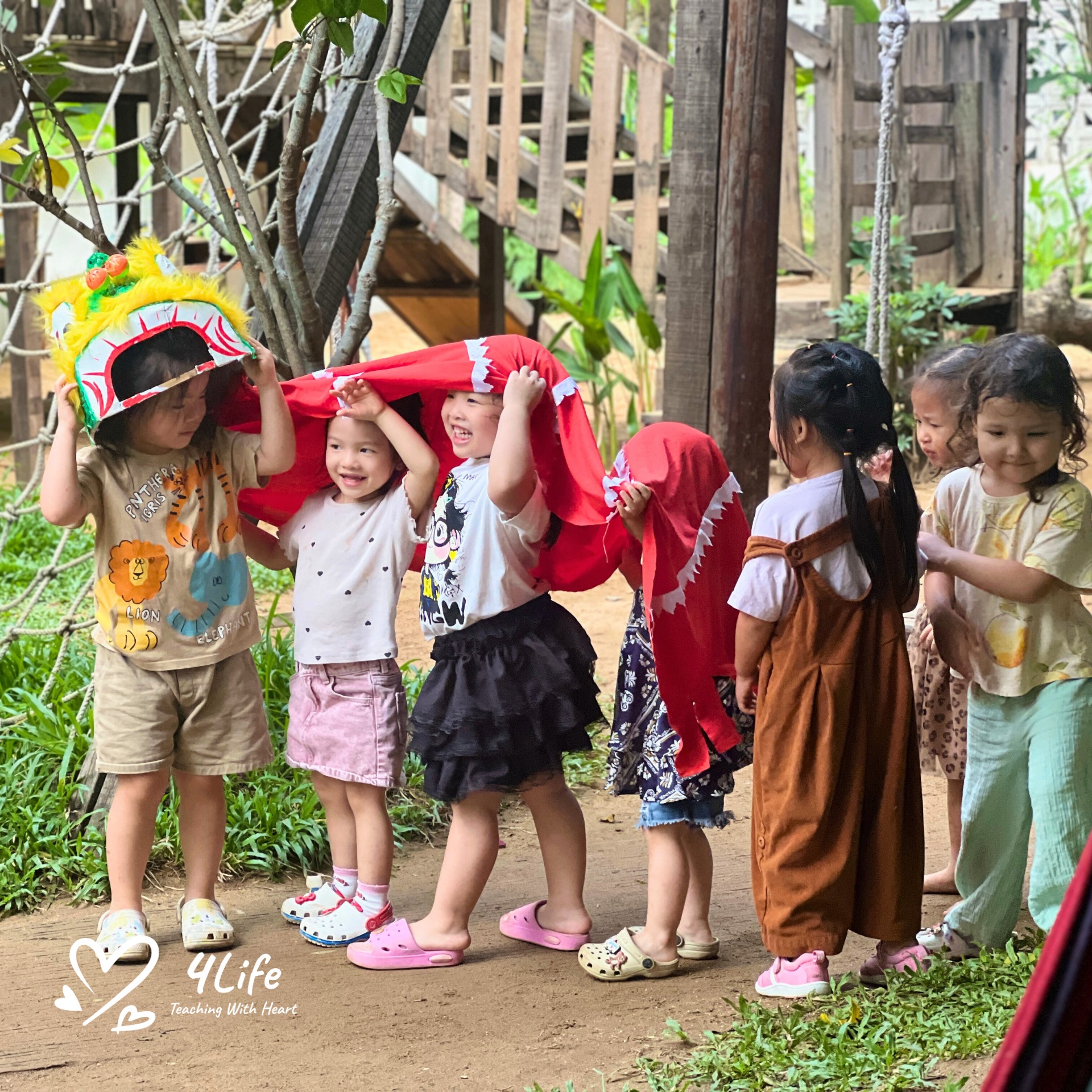

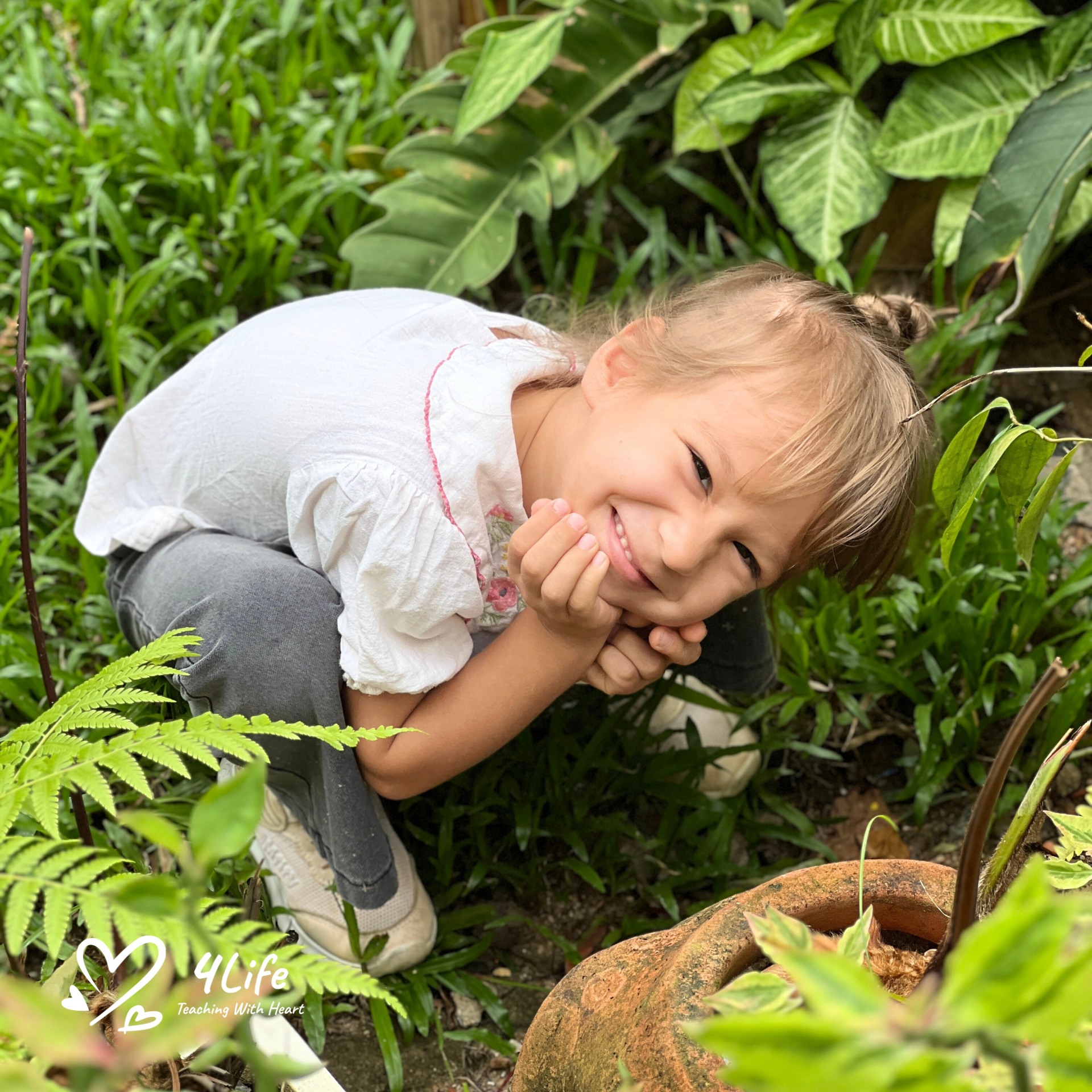
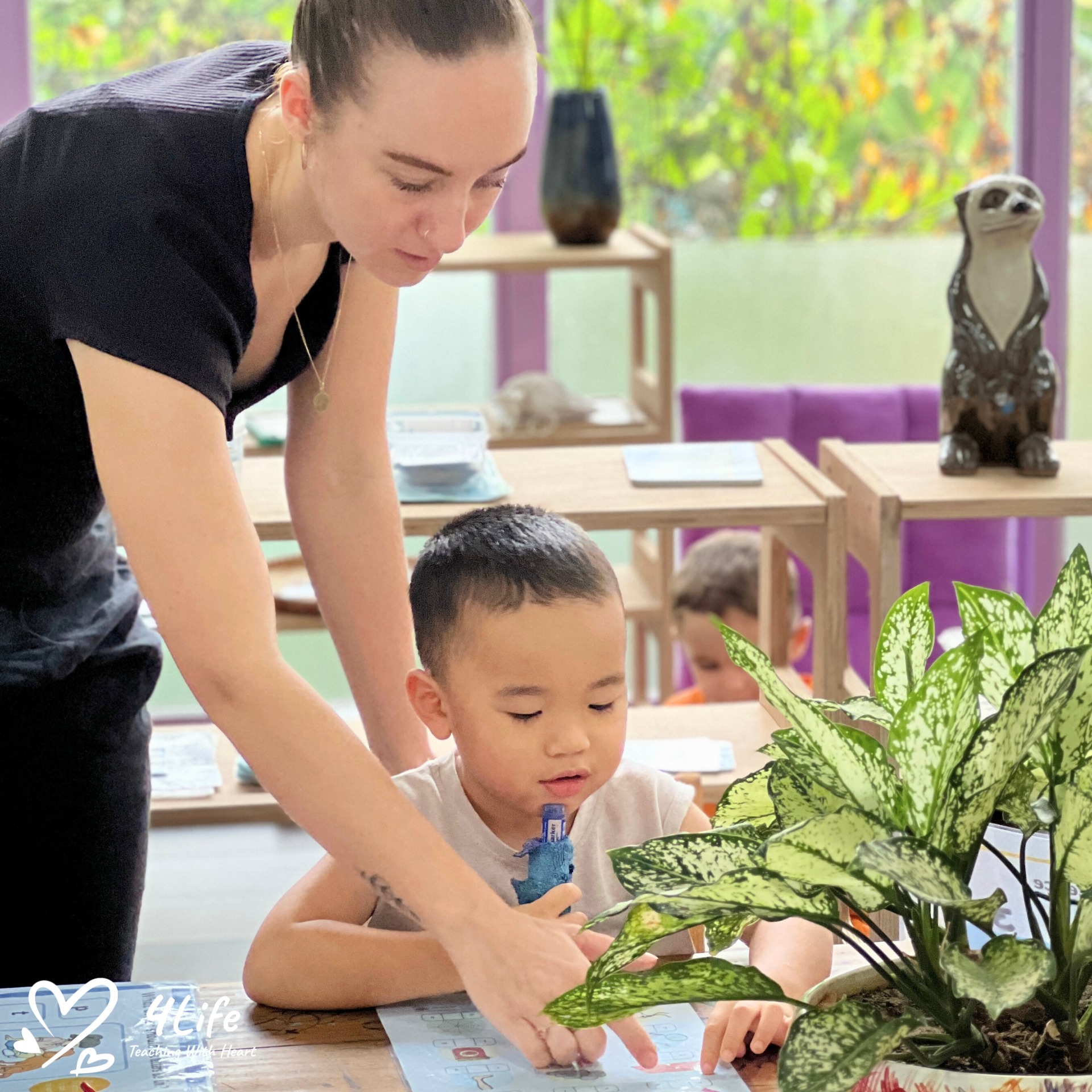

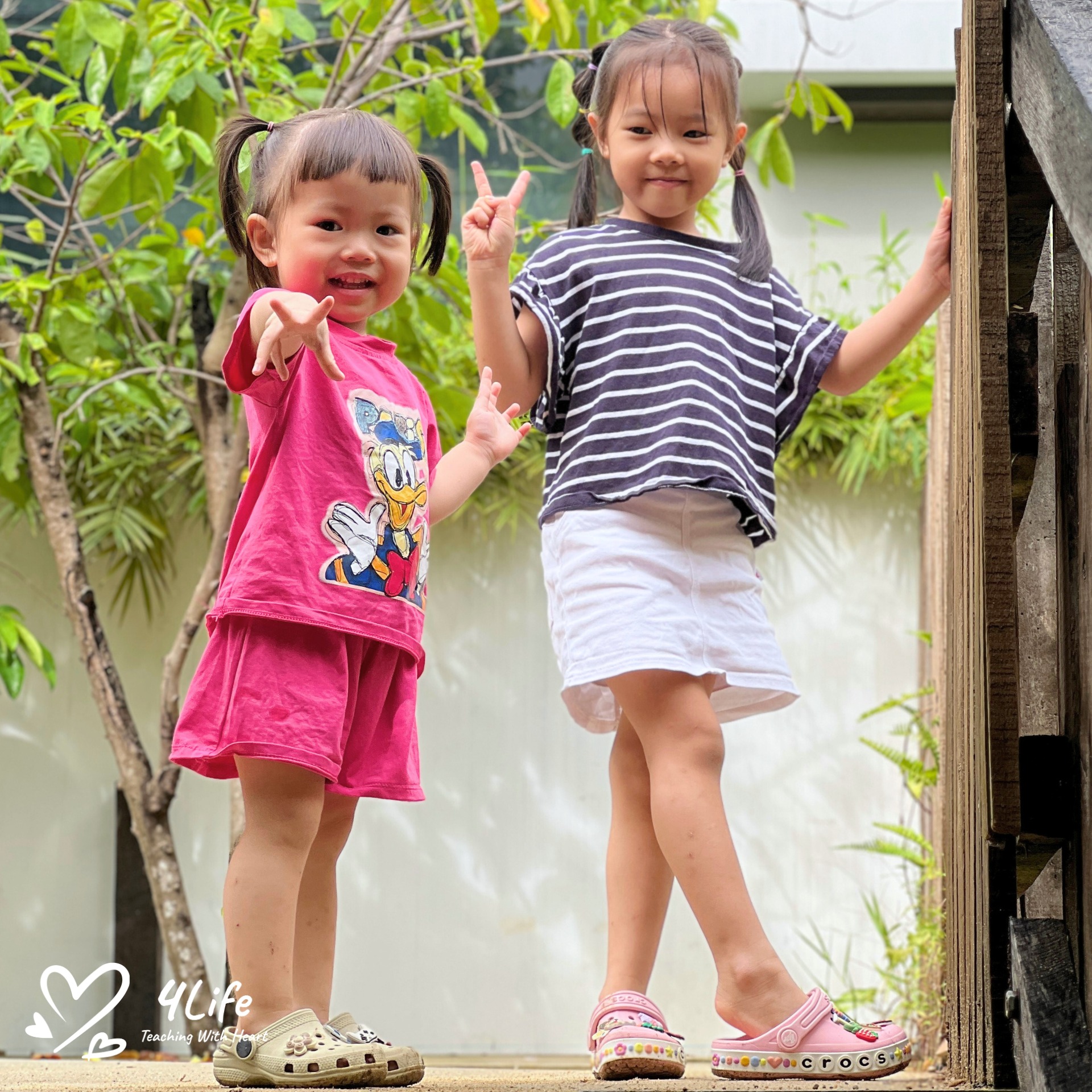
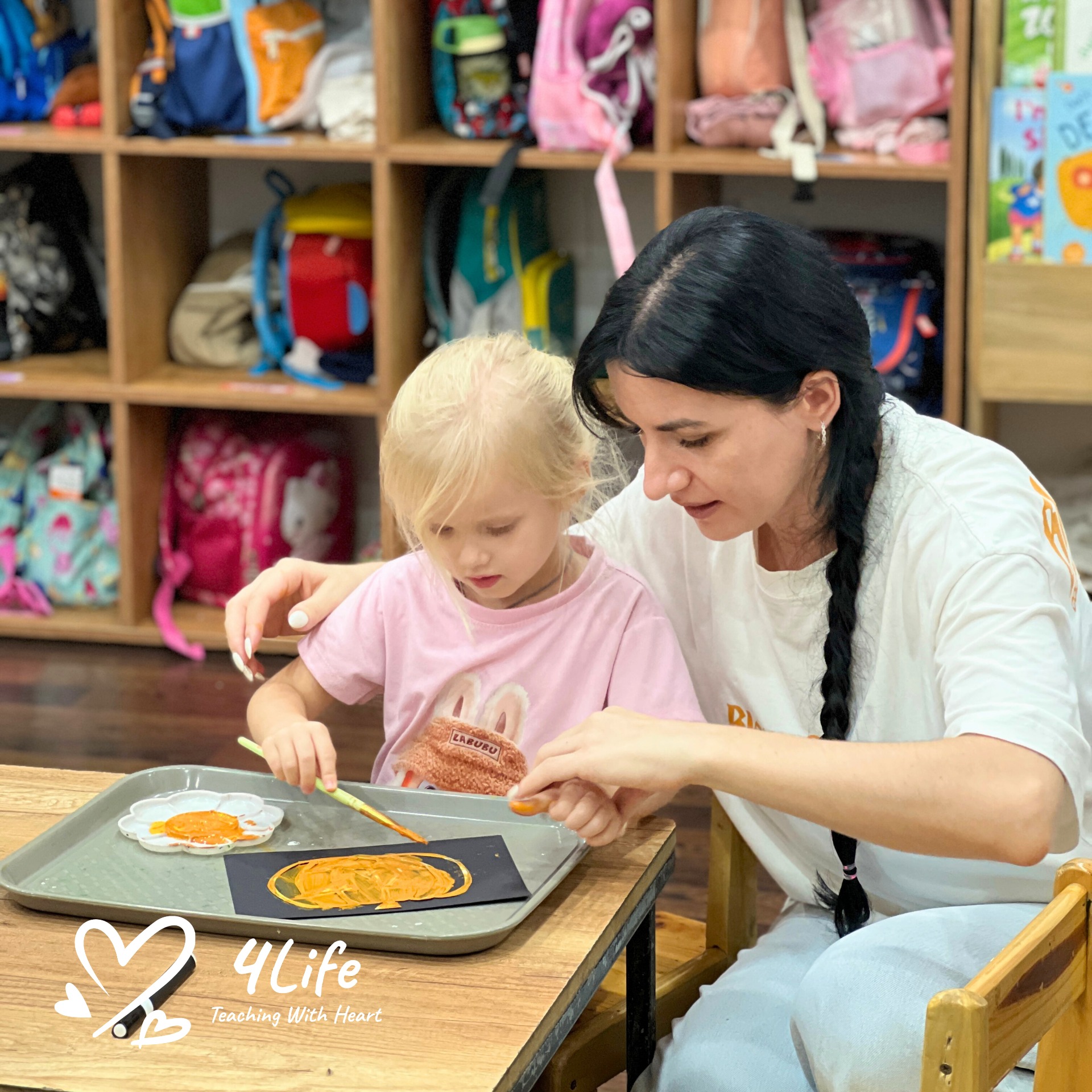
0 Comments